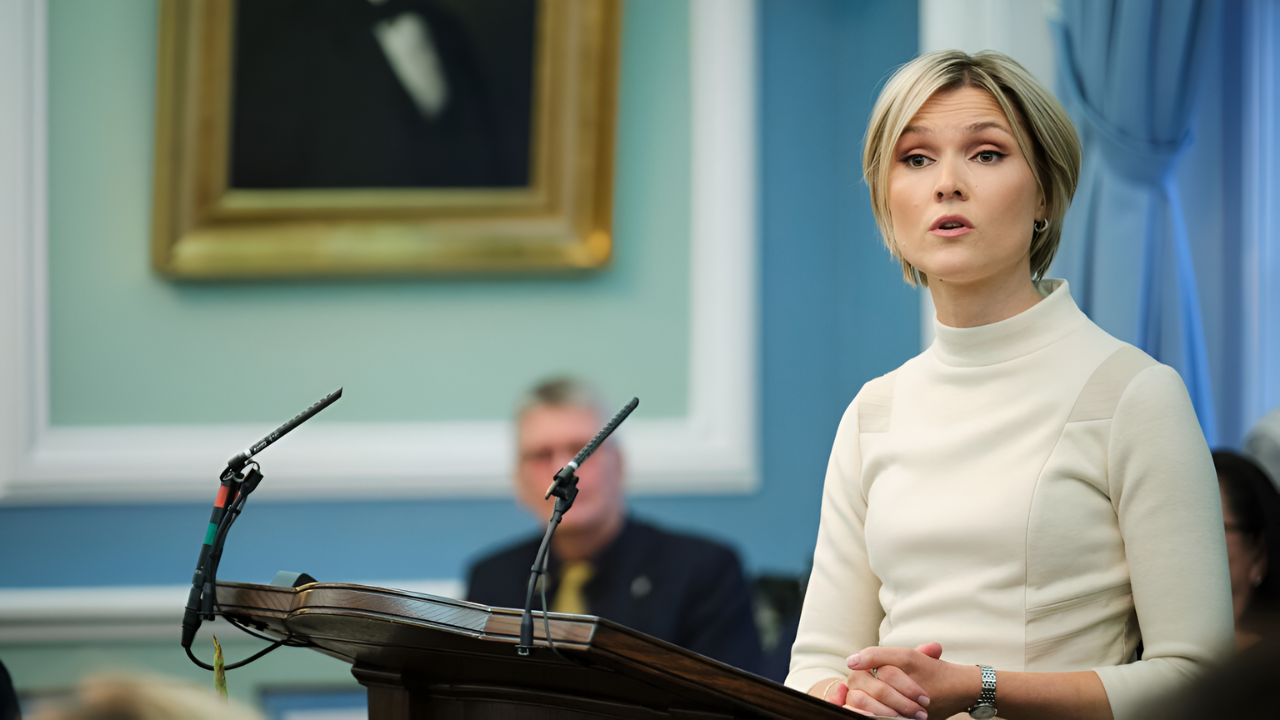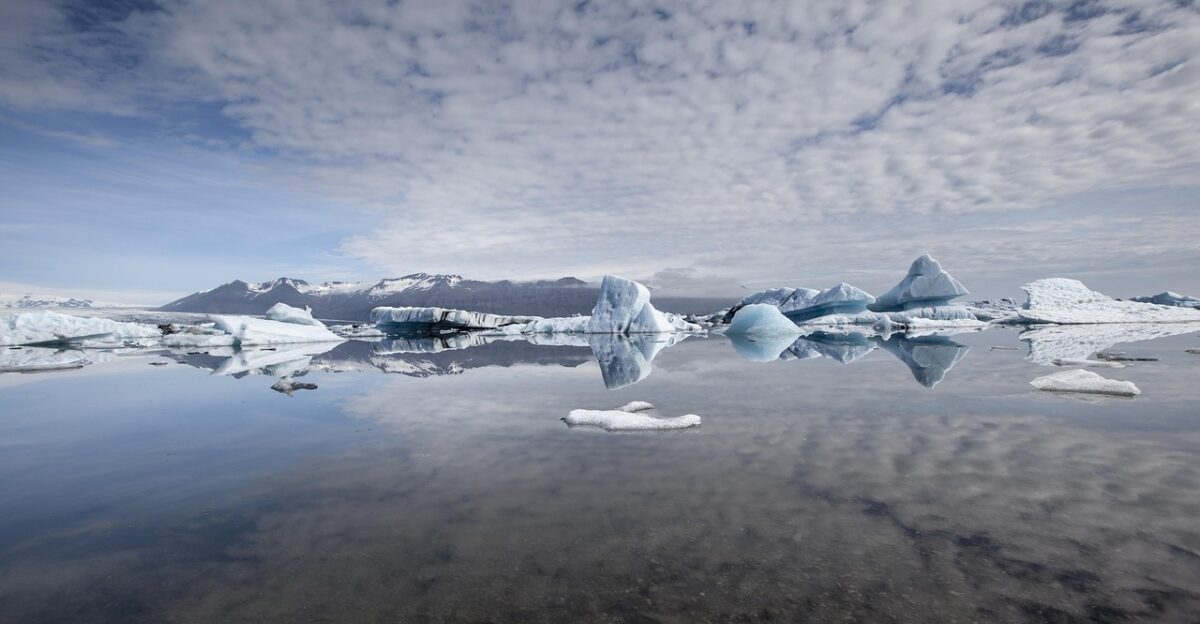
On November 12, 2025, Iceland became the first nation to officially classify the potential collapse of the Atlantic Meridional Overturning Circulation (AMOC) as a national security threat. This unprecedented move signals a new era in climate policy, as governments begin to treat ocean currents not just as scientific curiosities but as existential risks with immediate social and economic consequences.
Understanding the AMOC Threat

The AMOC acts as a vast oceanic conveyor belt, transporting warm water from the tropics northward, where it cools, sinks, and returns south. This circulation has stabilized the global climate for millennia. However, rapid melting of Greenland’s ice sheet is now flooding the North Atlantic with freshwater, disrupting this balance. Leading climatologists warn that the AMOC could collapse as soon as 2025, with a 95% confidence window extending to 2095. Some studies pinpoint the tipping point between 2037 and 2064. The consequences of such a collapse would be immediate and severe, with the window for prevention rapidly closing.
Food Security Unravels

The first shock of an AMOC collapse would hit European agriculture. Research from the University of Exeter projects that Britain’s arable land suitable for crops would shrink from 32% to just 7%, a staggering 78% reduction. Wheat, vegetables, and oilseed yields would plummet, and Northern Europe’s food exports would dry up. Supermarkets in the UK, Scandinavia, and across Northern Europe would see shelves emptied of staples like bread, dairy, and fresh produce. For many families, these foods would become unaffordable luxuries, and food insecurity would become a daily reality.
Major agribusinesses such as Bunge, Cargill, and Archer Daniels Midland would face the collapse of their Northern European supply chains. Milling and vegetable oil processing would halt, and investment would rapidly shift to the Southern Hemisphere—Australia, Argentina, and South Africa—leaving behind stranded assets and financial turmoil. Insurance claims would soar, and commodity markets would be thrown into chaos as investors abandon long-standing supply models.
Protein Shortages and the Rise of Alternatives

Livestock farming would be devastated as grass stops growing and feed prices soar. European cattle, sheep, and dairy production could face significant declines as climate conditions deteriorate. As traditional protein sources dwindle, alternative protein industries—lab-grown meat, insect protein, and plant-based substitutes—would see a surge in investment and demand. What was once a niche market would become a necessity, as consumers face rationing and turn to imports, only to find that Atlantic fisheries are also collapsing due to warming seas.
The Northeast Atlantic’s fisheries, already under stress, would see mackerel and herring stocks plummet further. The International Council for the Exploration of the Seas has already recommended significant catch reductions for vulnerable stocks. Nations like Norway, Iceland, and the UK, heavily dependent on fishing, would face economic contraction and rising unemployment. Land-based fish farming would become the only viable option, requiring significant investment in a time of widespread resource scarcity.
Social and Economic Fallout

The collapse of agriculture would leave hundreds of thousands of farm workers in the UK and Scandinavia without jobs. Rural communities would see their tax bases erode, schools close, and infrastructure decay. Migration to cities or abroad would surge, and governments would be forced to fund massive retraining and rural development programs, adding billions to public debt.
Governments would declare emergencies, redirecting budgets from education and healthcare to food and energy security. The UK would subsidize food imports at great fiscal cost, while governments across Europe would need to authorize substantial emergency agricultural support programs. Political tensions would rise as far-right and populist parties exploit the crisis, and democratic institutions would be tested by the demands of permanent emergency governance.
A Fractured Future
By 2030, the collapse of the AMOC would have redrawn the world’s economic and political map. Northern Europe would face severe climate disruption with substantial economic and social challenges. Geopolitical power would shift southward to climate-resilient nations. The European Union could fracture as Nordic countries pursue self-sufficiency, while southern members face migration surges but gain relative climate advantages.
The United States’ East Coast would contend with rising seas and infrastructure challenges. India, Southeast Asia, and Australia could emerge as agricultural powerhouses. Global inequality would deepen, as the wealthy adapt and the poor face hunger or displacement. Iceland’s 2025 warning was not just about ocean currents—it marked the beginning of a new era of climate-driven upheaval, with profound implications for societies worldwide.